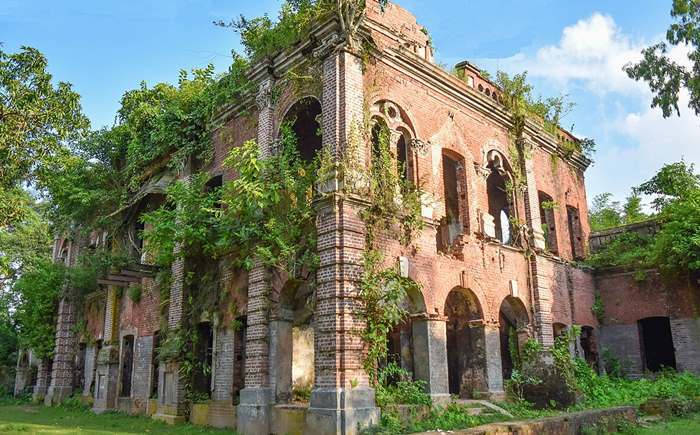
This palace was built in 19th century in Ranisankail sub-district of Thakurgaon district. The palace was built by Raja Tonkonath. But it is said that it was built by two persons. One, his father Buddhinath who initiated the project in 19th century and later finished by Raja Tonkonath in 1915. Raja Tonkonath, a zamindar, was awarded the title "Raja" by the British government in recognition of his noble contributions.
Short History of Zamindari:
It is said that during the British regime Raja Tonkonath Chowdhury used to be a landlord of Maldua pargana (permanent settlement former revenue unit consisting of a few villages). Raja Tonkonath's father, Buddhinath, was a Maithili Brahmin. He served as the priest (Sebaayet) of the Zamindar's temple. His life took a significant turn when the Gowala Zamindar wrote a will, leaving all of his properties to Buddhinath before going on a pilgrimage. However, after the death of Buddhinath, his son Tonkonath inherited his father’s property. Although he was an ordinary zamindar, he had no shortage of nobility. On November 18, 1925, the British government conferred the title of Chowdhury on Tonkonath Chowdhury at the then British Governor's House.
Description of the palace:
The palace, located beside the Kulik River, is a 103-year-old historical monument, rich in significant artifacts. On the western side of the palace, above the Lion Gate, a sign marks the directions: S, N, E, W. King Tonkonath’s palace includes a Kachari Bari (office room), two ponds, and is located 200 meters from the Ramchandra (Jayakali) temple. The Ramchandra temple, which predates the palace, was heavily damaged during the Liberation War of 1971 and is now in a state of near ruin.
The palace stands on a 10-acre plot of land. Its spacious entrance gate offers an impressive first impression, while the red building reflects both the modernity of its time and Victorian architectural style. The two-story building, facing north, remains strong and intact, with seven doors on each floor. To ensure ample light and ventilation, each room is equipped with four doors. The Kachari Bari (office room) is located at the North-West corner of the palace.
How to go:
Thakurgaon can be reached both by rail and road. From Thakurgaon, you can reach Ranishankail bus stand by bus or CNG and then take a van or motorcycle to see the palace of Raja Tonkonath, located next to the old building of Bachor Union Parishad.
Where to stay:
There are several government post offices or rest houses in Thakurgaon. You need authorized permission to stay overnight in these rest houses. There are few residential hotels as well.
Where to eat:
Average quality hotels and restaurants are available to serve daily food needs. However, a must try food in Thakurgaon during the mango season, is the famous Surjapuri mango.

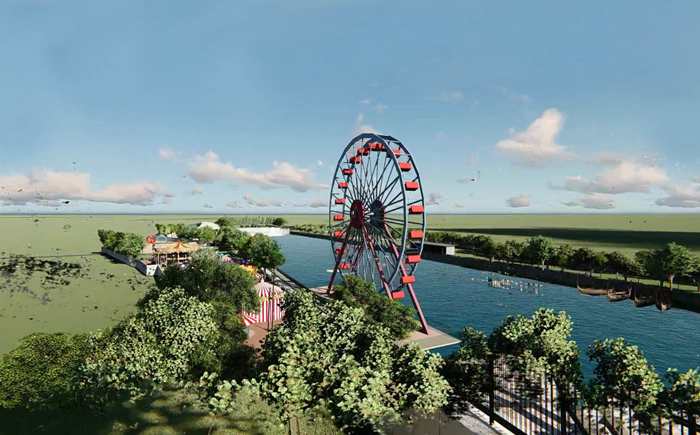


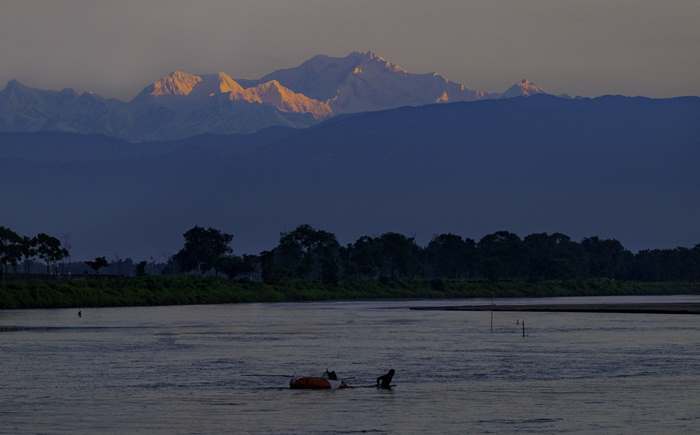
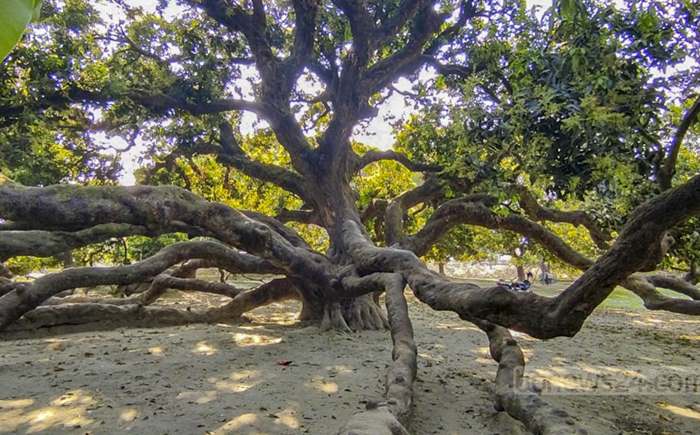
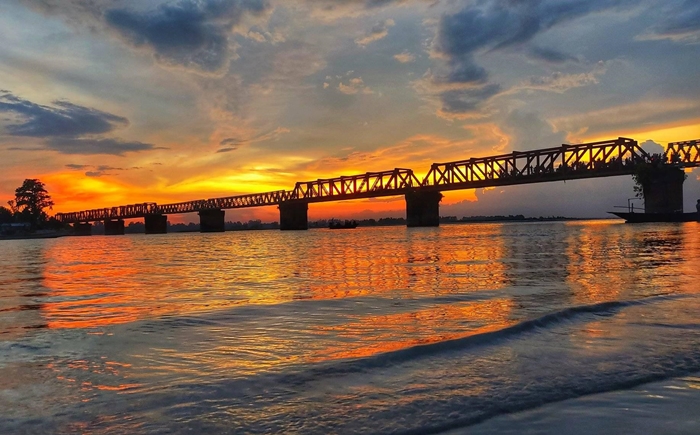


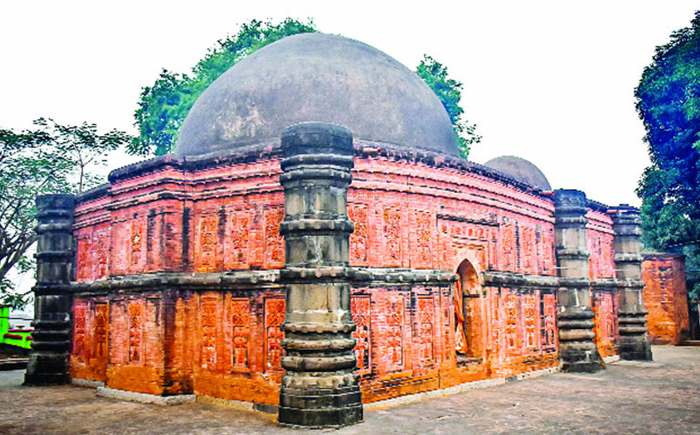
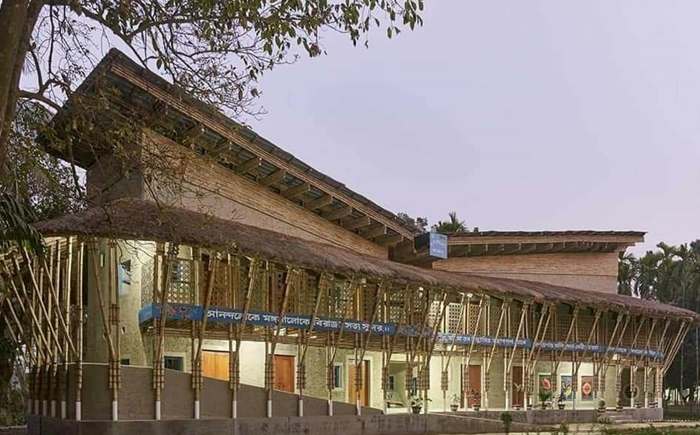
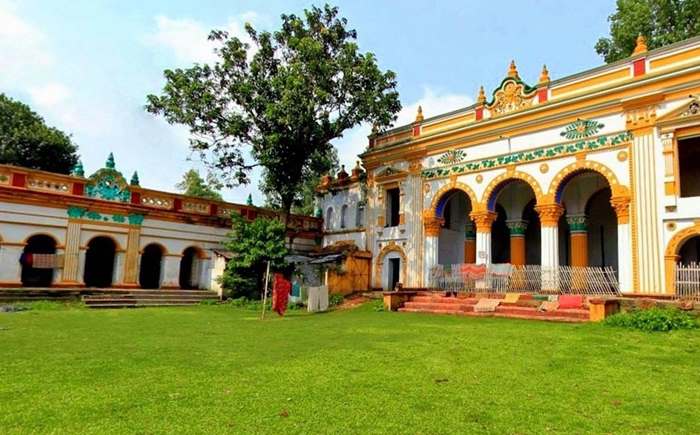
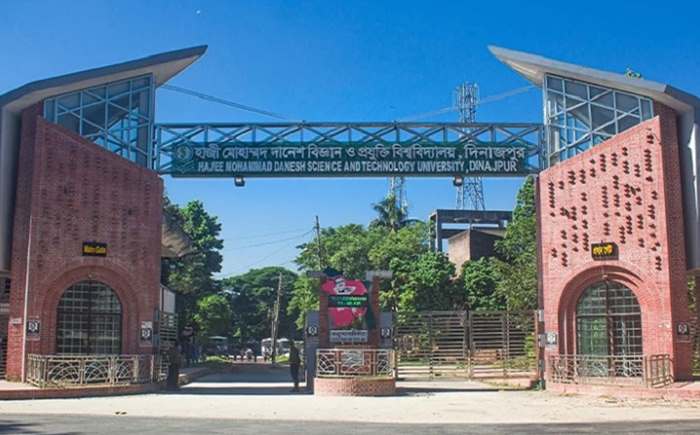
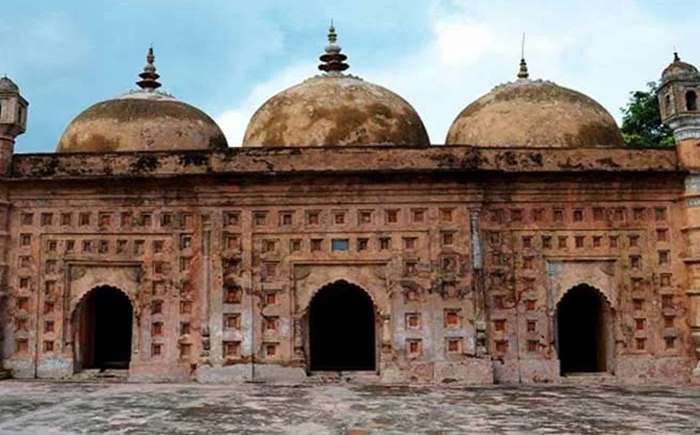
Leave your valuable comments: